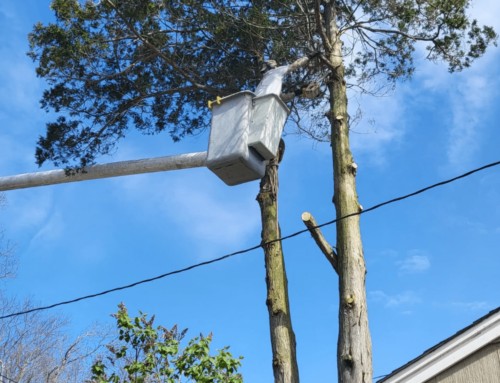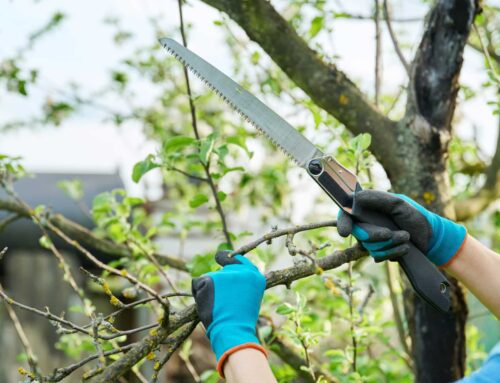Trees are a cherished part of our landscapes, providing beauty, shade, and ecological benefits. However, there are instances when tree removal becomes necessary. Whether due to safety concerns, disease, or landscaping changes, understanding the reasons for tree removal, the process involved, and the importance of hiring a professional is essential. In this article, we’ll delve into the world of tree removal to provide insights and guidance.
Reasons for Tree Removal:
- Safety Concerns: Trees that pose a danger to people, property, or utility lines due to structural instability, disease, or decay may need to be removed to prevent accidents or damage.
- Disease or Infestation: Trees afflicted with diseases or infestations that cannot be effectively treated may need to be removed to prevent the spread of the issue to other trees.
- Dead or Dying Trees: Trees that are dead or dying can become unstable, increasing the risk of falling branches or the entire tree. Removal is often the safest option.
- Space Constraints: Trees that have outgrown their designated space or are interfering with new construction, landscaping projects, or property expansion may need to be removed.
- Root Damage: Trees with extensive root damage that poses a threat to foundations, sidewalks, or driveways may need to be removed to prevent structural damage.
The Process of Tree Removal:
- Assessment: A professional arborist assesses the tree’s health, structural integrity, and the surrounding environment to determine if removal is necessary.
- Obtaining Permits: Depending on local regulations and ordinances, permits may be required for tree removal. A professional will assist in obtaining the necessary permissions.
- Planning: A strategic plan is developed to ensure safe removal. Factors such as the tree’s location, nearby structures, and obstacles are considered.
- Tree Climbing or Aerial Lifts: Depending on the tree’s height and location, climbing or aerial lifts are used to access the tree’s upper branches.
- Branch Removal: Branches are carefully cut and lowered to the ground to prevent damage to property or surrounding vegetation.
- Trunk Removal: The trunk is cut into manageable sections and safely lowered to the ground.
- Stump Removal: Stump removal can involve stump grinding to eliminate the remaining stump and roots, restoring the area for new landscaping.
- Cleanup: Debris is cleared, and the area is cleaned to leave minimal impact on the surroundings.
Benefits of Hiring a Professional:
- Safety: Professional arborists are trained in safe removal techniques to prevent accidents and damage.
- Expertise: Arborists have the knowledge to identify tree issues, assess risks, and determine the best course of action.
- Equipment: Professionals have the specialized equipment required for safe and efficient tree removal.
- Regulations: Arborists are familiar with local regulations and permits, ensuring compliance.
- Property Protection: Professionals prevent damage to property and surrounding vegetation during the removal process.
- Stump Removal: Hiring professionals ensures thorough stump removal and proper restoration of the area.
Tree removal is a complex process that requires careful consideration, expertise, and the right equipment. Understanding the reasons for tree removal, the step-by-step process, and the benefits of hiring a professional ensures that tree removal is carried out safely and effectively. When faced with the need for tree removal, consulting a reputable tree removal service is the best way to ensure a smooth and well-executed removal process.






